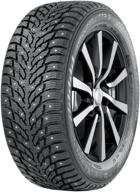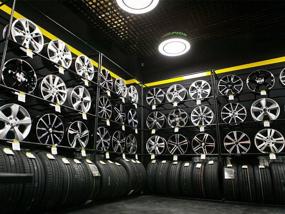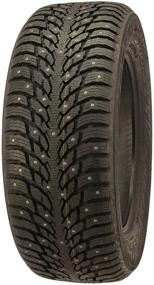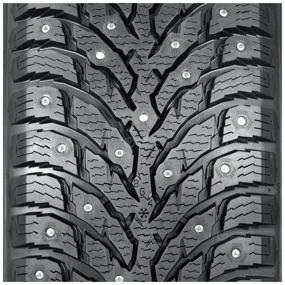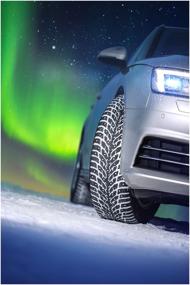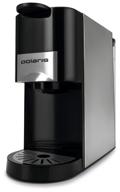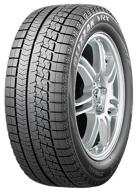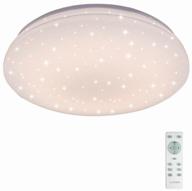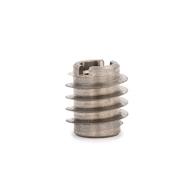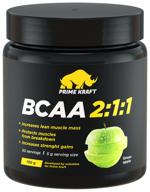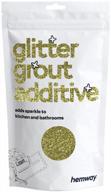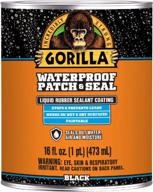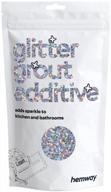- Durable sidewall; well absorbs bumps; rides smoothly over pits and their jagged edges; pairs well with slick pavement. Same as driving on the road when it's icy. Traveling at summertime speeds of up to 100 kilometers per hour. Despite the benefits (points 1 and 2), its large contact area is a drawback. Four, excellent traction even in wet conditions. 5. Withstands lateral forces while negotiating tight curves at high speeds. Tread the pavement with confidence thanks to the sturdy spikes. 7 Superior stopping power in wet conditions. To avoid skidding on slick slopes, make sure all four wheels are on a level surface. Superior performance in extreme cold (-3 degrees Celsius) and snowy conditions. Even a low automobile may drive up a snow rut. Everything from going uphill to going downhill, accelerating, braking, and turning is without a hitch. Absolutely zero complaints. As if you were traveling in the summer at speeds of up to 80 km/h 11. No sideways movement, except when stationary If you're driving in an open location, you won't hear much of the rubber's noise because it will be reflected off of the walls and other vehicles. 13. Permanent guarantee
- One, it makes a lot of noise while you're going through tunnels or next to walls. When driving through a puddle, your speed suddenly drops. However, the absence of longitudinal grooves and the resulting increase in contact area mean that this cannot be considered a drawback. At temperatures of +1 C and above, it is difficult to row a considerable quantity of snow porridge. Slipping to the side while travelling is noted in the case of inadequate contact on an uneven and particularly slippery ground-in ice road. Expensiveness (5). Slipping and taxiing cause studs to fly out, therefore handling them with care is essential.


